💥 Real-life Success Stories - Newsletter Exits
2 examples showing that newsletter is a serious business
🔓UNLOCKING: NEWSLETTER EXITS
Starting and growing a newsletter is a serious business.
As a solopreneur building a newsletter, I feel like it is sometimes perceived as a hobby or a light side business.
It can be both for sure depending on how you approach your newsletter.
On the other hand, it can become a serious business that can even be sold like a startup.
Duuce is the first dedicated marketplace for buying & selling newsletters showing that demand for acquisitions of newsletters is increasing.
There are also many newsletter listings on marketplaces like Microacquire.
It is better to utilize real-life cases to understand how a newsletter can be sold.
Here is the #12 issue of Digiboarding zooming into 2 striking examples of “Newsletter Exits”.
🔎 1) workspaces.xyz
Workspaces is a newsletter sharing remote working spaces from entrepreneurs, designers, developers, creators, etc.
It was acquired by YC startup Loop in Aug’22, 2.5 years after its launch and sharing 200 workspaces.
The founder, Ryan Gilbert, joined the Loop team as Head of Content to continue publishing the newsletter and a new website.
At the time of the acquisition, the newsletter had a $2000 monthly revenue, 10,000 subscribers and a strong open rate higher than 50%. Today, it still maintains a dream open rate of around 60%.
But how did this happen? Time for a quick flashback.
How it started and grew
Ryan Gilbert started Workspaces’ twice-weekly newsletter as a side project on Apr 5, 2020. Sharing the pictures of remote working spaces idea was formed as a result of the shift toward remote working habits with the pandemic.
Back then, he was working in the supply chain area in a big corporate company and utilized this newsletter for his transition into tech.
He published 117 editions until he made his first dollar.
Despite receiving inbound sponsorship offers, he didn’t accept them to focus on growing his subscribers first. Then shifted to weekly delivery and started to get sponsorship as one slot per week with a $150 pricing. Eventually, he increased $150 to $250 and ended up with $2000 monthly revenue.
He reached 6,500 subscribers while maintaining an open rate higher than 50% after 167 issues.
According to Ryan, there are three main drivers for its growth.
The first one is consistency, which he strongly underlined on different platforms. He says it took more than 1 year to acquire the first 1000 readers but he continued showing up.
Secondly, Workspaces heavily leveraged the Twitter presence of featured guests like Joey Banks with high number of followers. Once the guests share with their audiences, it is easier to spread the newsletter.
In addition to these, making iterations so as not to interrupt consistency became a critical growth factor for him.
The power of curated content, consistency and iterations…not surprising.
Key Tools & Platforms he used: Substack for the newsletter, Notion for planning, Twitter for growth and reach-out.
The Acquisition
Loop discovered Workspaces on Twitter and purchased a sponsorship slot first. It became ROI-positive on day 1 and this gives the courage to offer buying Workspaces.
As a young startup, it is a very strategic move to acquire Workspaces for Loop to start building content as early as possible.
Chris Frantz (Founder of Loop)
As Ryan explained on his Twitter, being able to continue working on Workspaces played an important role in accepting this acquisition.
It seems like a win-win situation and Workspaces continues growing.
🔎 2) Insanely Useful Websites
Here is another simple curation idea that has been turned into a newsletter as a side project by a solopreneur.
Insanely Useful Websites is a weekly newsletter that shares useful, unique and interesting websites which are widely well-known.
The founder, Jaisal Rathee, announced that it has been acquired within 24 hours after being listed on Microacquire in Aug’22.
It was sold with less than 5k subscribers after 8 months of its launch.
How it started and grew
Jaisal Rathee can be named a serial entrepreneur & “exiter” considering that he built his first project when he was 16 years old and has already 6 successful exits (all no-code products).
The first issue was sent in Dec’21 and the newsletter reached 2k subscribers in 4 months.
To capture initial subscribers and grow his newsletter, he utilized communities and websites like Product Hunt, Beta List, Hacker News and Indie Hackers.
He started the website in parallel to the newsletter and worked on SEO.
At the time of the acquisition, the newsletter was profitable and had very high open rates (above 55%), CTR (above 35%) and solid growth potential. It has been monetized via sponsorships since the beginning.
It is incredible that he received 9 offers in 24 hours and sold the newsletter for a good price.
What he recommends while putting your project on sale are:
having your numbers ready like your revenue, performance metrics, website performance etc.
making an achievable valuation while looking at your profit multiples
When it comes to how he learned all these, here is an encouraging answer from him for anyone who wants to build a micro-business:
Key Tools & Platforms he used: Webflow to build the website, Revue for the newsletter
🕵️♀️ LOOK WHAT I HAVE JUST FOUND
Duuce’s Newsletter Valuation Calculator proposes a listing price for a newsletter by using 3 metrics that are # of subscribers, open rate and monthly revenue based on their aggregated acquisition data and market information.
This recommended price can serve as a starting point, as Duuce also recommends.
For a more accurate pricing decision, other insights like conversion rate, growth potential and similar newsletters’ listing prices can also be taken into consideration.
🛒 MARKETPLACES FOR SELLING & BUYING NEWSLETTERS
Duuce: First marketplace only for buying and selling newsletters.
Microacquire: Acquisition marketplace to buy & sell startups
Microns: Marketplace to buy the best micro-startups without commission.
Flippa: For selling & buying online businesses
SideProjectors: For selling, buying & discovering side projects
FINAL WORDS
Making a decision to sell your newsletter totally depends on your motivation similar to other businesses.
I just wanted to give you an idea about where a newsletter business can land by sharing approachable cases instead of the story of the Hustle and showing that it is possible to grow and sell a newsletter to anyone.
And there are some common takes from the above examples:
Having a strong open rate and CTR is more critical than the number of subscribers
Finding a niche with a growth potential plays an important role in a higher valuation
Curated content helps to grow by leveraging the featured people & platforms
You don’t need hundreds of thousands of Twitter followers to build a business
Do you know any other examples of micro-business exits or have any comments on the above ones?
You can share by clicking the “Leave a Comment” button below.
📣 Well, I am so excited for the next issue since I will share the first interview of Digiboarding with an inspiring solopreneur.
We will talk about how he left the corporate world and build a new career from scratch in the online world.
Stay tuned.
👋 See you next Sunday!
Sources: Starter Story, Ryan Gilbert Twitter, Ryan Gilbert’s post on Indie Hackers, Loops, No-code Exits Interview, Jaisal Rathee Twitter, SaaS Acquisition Stories, startups.fyi




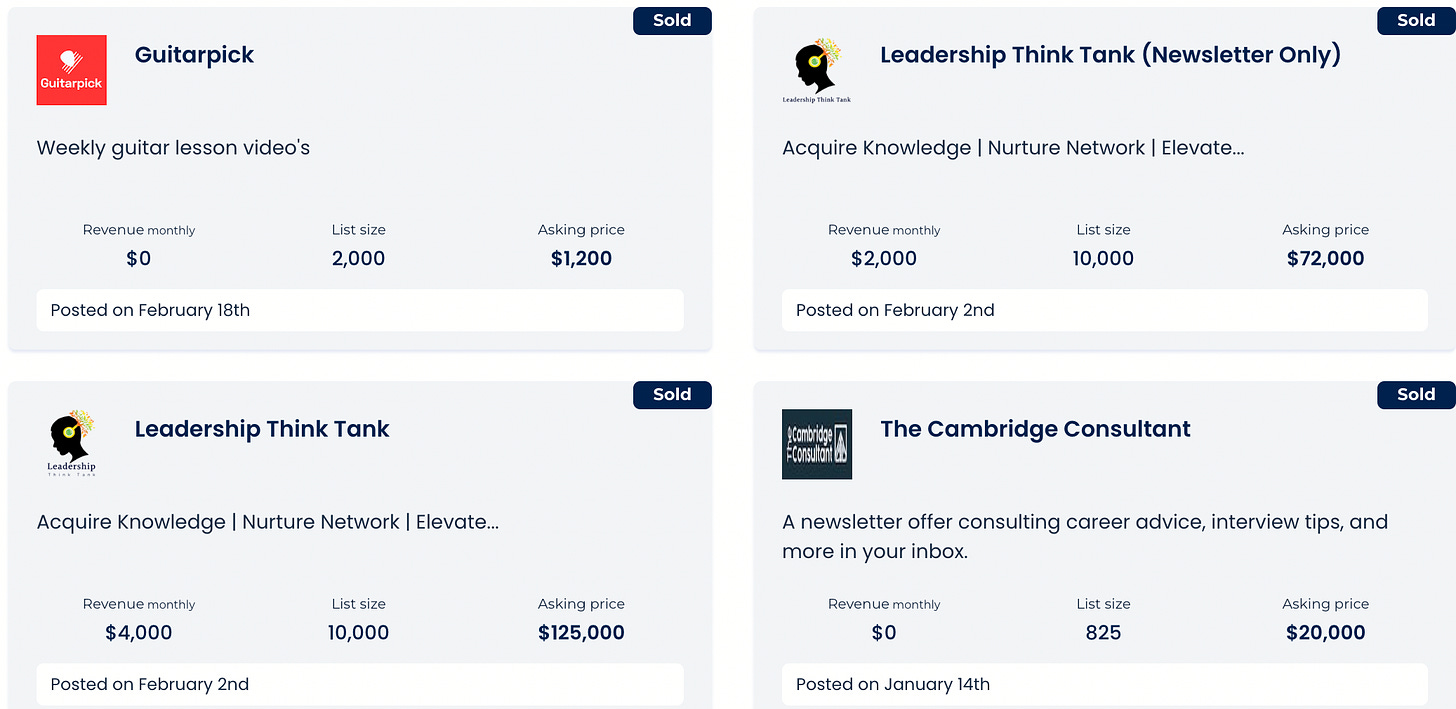

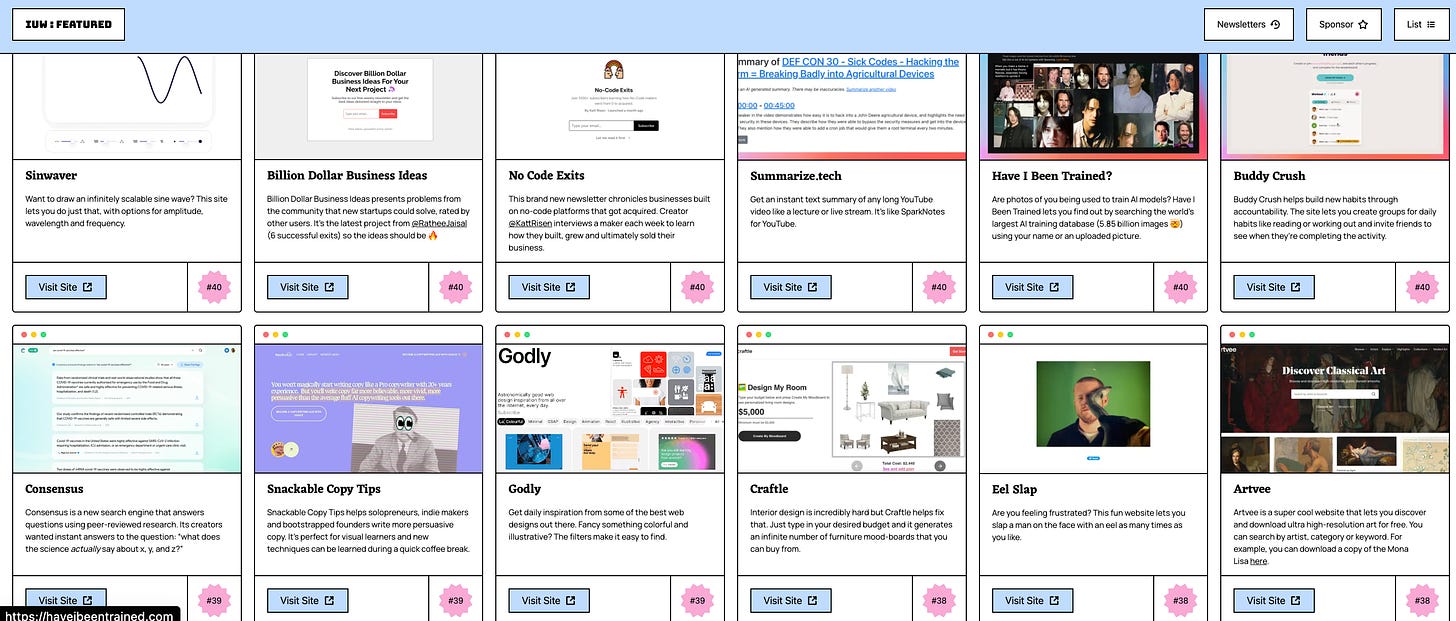
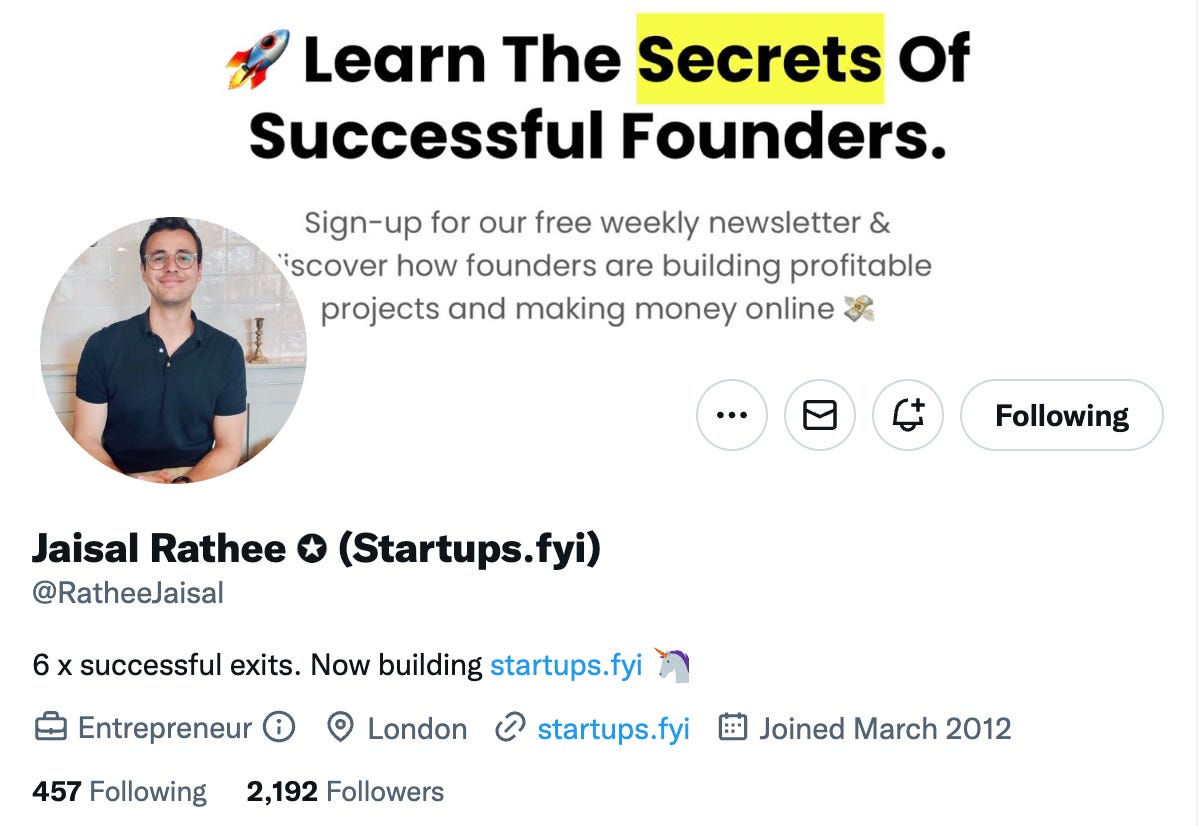

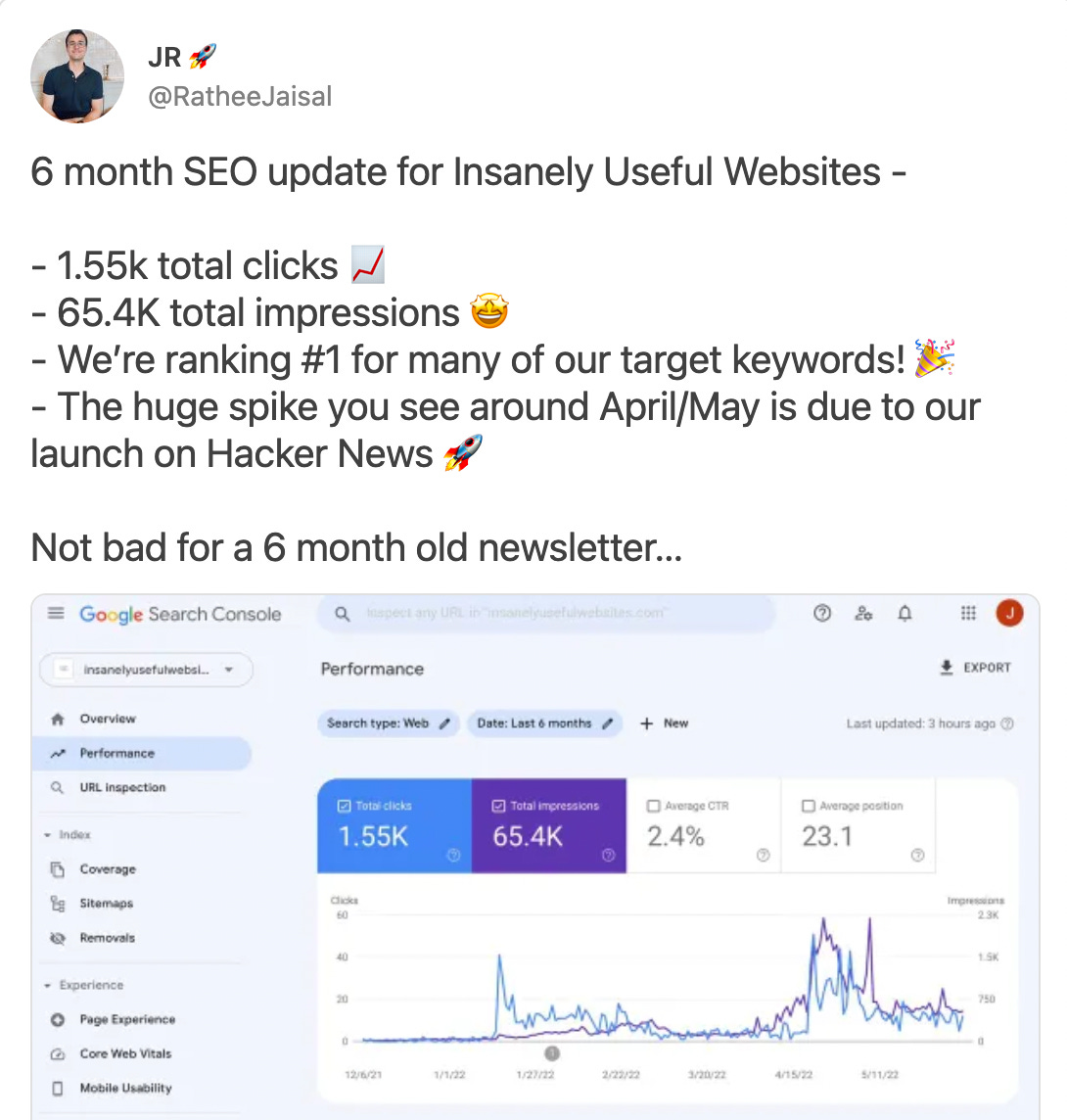
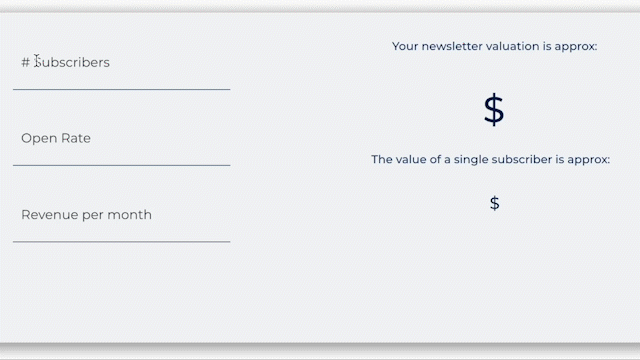
Glad to hear that you enjoyed it Ramy!
I think there are a couple of things to keep open rates high:
- Distributing the content with relevant communities on relevant platforms where you can reach your audience instead of trying to share it everywhere.
- Re-sending your issue with a reminder message to the ones who don't open it within 3-4 days after you send. (e.g. "Just in case you missed it in your inbox, here is the last issue of Digiboarding...)
- Tracking each subscriber's metrics closely is also critical. You may revisit open rates monthly and see how many issues are opened by each subscriber. Then you can send an e-mail to the ones who don't open any issues. In this e-mail you can first remind necessary steps to prevent any spam issues and invite them to unsubscribe kindly if this is not the case. Additionally, you can contact with subscribers who open only 1 issue out of 4 to understand whether it is due to lack of interest or any other issue that you may work on (your articles' length, delivery timing etc.).
I would love to learn more if there are any other methods utilized by other Digiboarding readers :)
Enjoying the case studies, especially the one about workspaces.xyz
Any suggestions on keeping the open rate high?